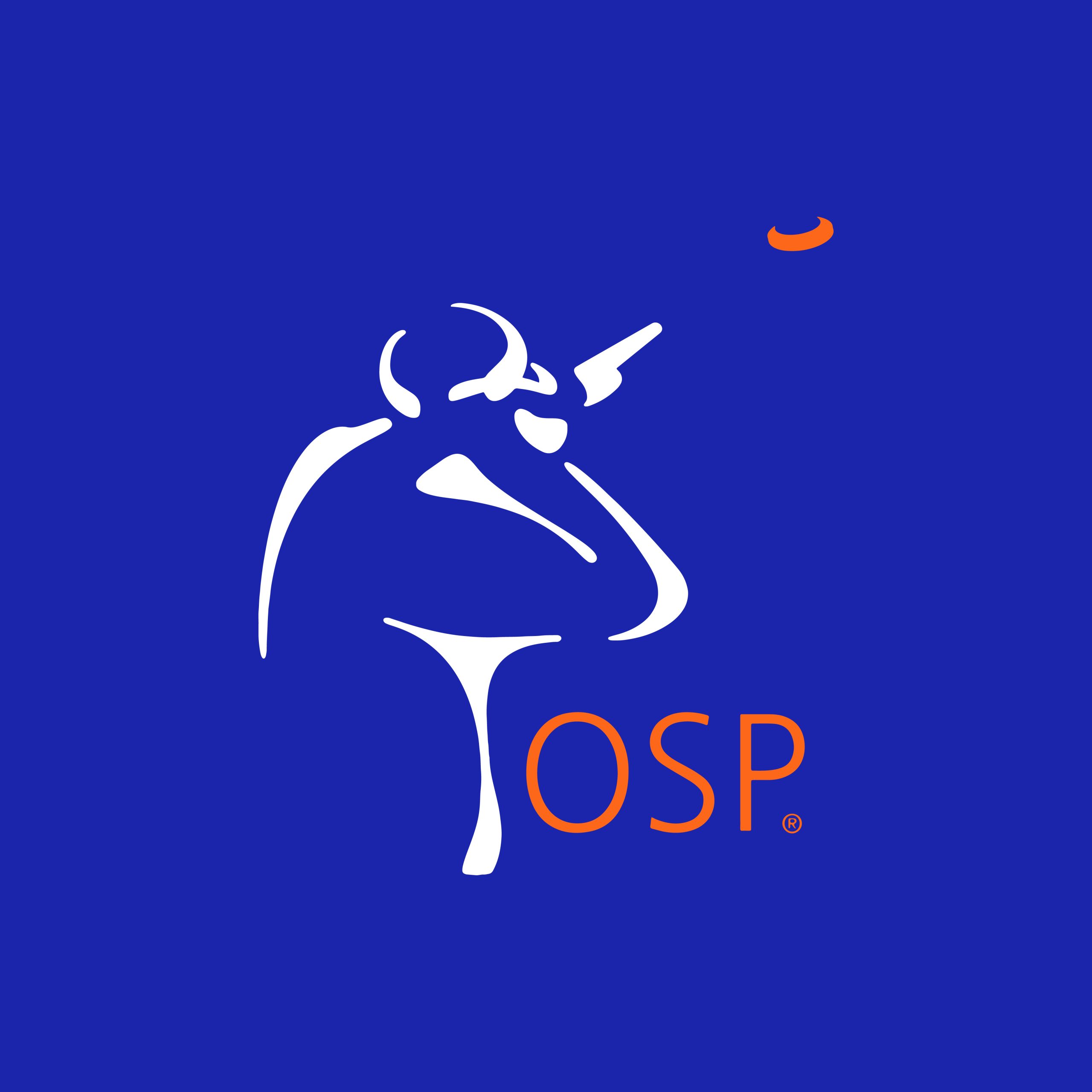Teamwork In The Brain
“The difference between the top shooters and the rest of the pack is that we will not pull the trigger unless we know it is going to break.”
-Scott Robertson
Teamwork in the Brain
In most shotgun games, shooters are looking for a picture. When they see it they pull the trigger. They are trying to analyze the input from the target and the output of the gun at the same time!
You cannot do both.
When you look at the shot as a movie and can preload how the shot comes together at the end (rather than the lead), the brain can more easily create the timing necessary to get the gun moving at the same speed as the target, see the target behind the barrel, and take the shot.
In this situation, the conscious brain sees the target and adjusts the gun speed to the target’s speed. While that is happening, the subconscious brain takes care of the lead. Now they both have a job and are tied up doing their jobs. And they are actually helping each other create the process.
All of this is enabled by knowing in your mind what it’s going to look like as it happens – not when it happens. This is why the shooter must hang on to the shot until they know they have matched the speed.
It takes 300 milliseconds for the brain to get the trigger pulled after the brain has given the command to shoot. So if the shooter sees the stable picture long enough to know it’s stable, by the time they recognize that, the trigger is pulled and the picture that triggered the shot is the same when the shot exits the barrel.
What Top Shooters Focus On
Every top shooter knows where the gun is. They also know just how much attention they can give it and still consistently hit the target. Their focus on the target is split to a ratio of 95-99 percent on the target. The remainder of their focus is on a slight awareness of the gun (not the gap) enough to know it is going the same speed.
In doing this, the conscious brain is tied up with seeing the bird behind the muzzles and adjusting the muzzle speed. The subconscious is left to take care of the lead. And they both have a specific time in the shot to “do their job.” Because they are working together, they both agree on the process and the outcome! No more arguments.
This agreement comes from looking at the complete shot as a movie (not a picture). Through practice and the success that occurs when shooting this way with a detailed preload, both hemispheres of the brain agree on what it will look like as the shot is taken – before the shooter calls “pull.”
Most shooters are waiting until the target is in the air to try to decide what the lead is. So they are trying to analyze both the input from the target and the output of the gun simultaneously. This is impossible. And it creates the argument that everyone is trying to avoid.
Eliminating Doubt
There are many golf analogies that golfers use to eliminate doubt. These include swing thoughts like “slippery,” “smooth,” “release,” etc. They do work. But in golf, the ball is still and they cannot see the club hit the ball.
While we cannot see the shot go through the air, we can see the moving target. We also can have a slight peripheral sense of the gun and what it looks like when they are both going the same speed, which is when we trigger the shot.
This is how we got all participants at our four Advance Classes this year to shoot 50 percent on a 96-yard crosser off a 100-foot tower. Many of them have already won HOA in tournaments across the country. Driscoll Otto shot a 98/100 28-gauge at the Texas State Shoot.
He commented on the Clay Kill Shot Review in Knowledge Vault. He just kept repeating it over and over: “Kill shot review, kill shot review. kill shot review.”
We will talk about this and other things on the Coaching Hour this month, so look for it when we post it.
If you have not listened to the March Coaching Hour, do so now. You will get a lot out of it.




